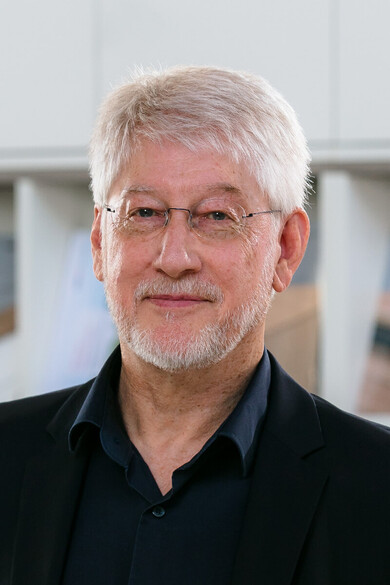Truckloads of
waste wood can be processed daily
into 100% recycled chip
Wood waste can be
turned into new furniture every year
Trees annually,
that do not need to be felled
CO2 emission value in
of the life cycle assessment for materials
With a predominantly
recycled content
The obligation to carry out life cycle assessments in the EU from 2025 sets new priorities for companies
With furniture from WINI made from recycled materials, you can combine ecological and aesthetic aspects in sustainable furnishings. The use of SARA boards made from recycled waste wood has a direct impact on environmental protection and resource conservation. Waste wood recycling extends the useful life of wood, reduces the demand for new wood and thus protects forests and their biodiversity. Ecological office furniture made from post-industrial wood, waste wood or end-of-life products enables the sensible recycling of wood as a raw material and contributes to the circular economy.
Investing in sustainable, long-lasting office furniture has a positive impact on your environmental footprint. Sustainable furnishings reflect the values of a responsible company. Designing office furniture sustainably with the SARA board means taking responsibility for the environment while creating durable, aesthetically pleasing and functional working environments. By focusing on sustainability, you are investing in the future of our planet while promoting a healthy, inspiring working environment.
PEFC-certified stands for "Program for the Endorsement of Forest Certification Schemes". It is an international forest certification system that ensures that wood and paper products come from sustainably managed forests. For the office furniture industry, this means that furniture labeled with the PEFC seal comes from responsible sources, which promotes the protection of forests.
The PEFC initiative was founded in 1999 and has been active worldwide since 2004. PEFC checks compliance with valid ISO standards on a country-by-country basis.
All WINI suppliers must provide evidence of both FSC and PEFC certification.
FSC-certified stands for "Forest Stewardship Council" certified. It is also an international certification system for forest management. It is designed to ensure that wood and paper products come from forests that are managed according to strict ecological, social and economic standards. In the office furniture industry, the FSC seal indicates that the wood materials used come from responsibly managed forests and thus contribute to the promotion of sustainable forestry.
The Forest Stewardship Council was founded in 1993 by the environmental organization Greenpeace. FSC audits according to self-defined internationally comparable standards.
All WINI suppliers must provide evidence of both FSC and PEFC certification.
Wood mix from Egger in the Brilon plant
The life cycle assessment is a tool for evaluating the environmental impact of products, services or behaviors over their entire life cycle. It aims to record and analyze all relevant environmental impacts, including the effects on soil, air and water as well as the consideration of all associated material flows. The results of a life cycle assessment can be used to optimize production processes in terms of sustainability and to support decisions, for example in product evaluation or the awarding of eco-labels.
The methodology of life cycle assessment is regulated by international standards such as ISO 14040 and 14044, which divide the process into four steps: Defining the objective and scope of investigation, preparing the life cycle inventory, conducting the impact assessment and evaluation. In contrast to the comprehensive approach of the life cycle assessment, thecarbon footprint and the water footprint each focus on specific environmental impacts.
CO2 neutrality focuses on reducing and offsetting carbon dioxide emissions, one of the main greenhouse gases resulting from the burning of fossil fuels. Companies or products that claim to becarbon neutral strive to minimize theircarbon footprint. This can be achieved through direct reduction measures such as increasing efficiency and using renewable energies or through compensation measures such as planting trees that can bindCO2.
Climate neutrality goes one step further: it includes all greenhouse gases - not justCO2. These gases include methane (CH4), nitrous oxide (N2O) and hydrofluorocarbons (HFCs), which are produced in various industrial processes, agricultural activities and the use of certain refrigerants. Climate neutrality means bringing the overall balance of these greenhouse gases to zero, either by directly reducing emissions or by offsetting them. This often requires more complex strategies and measures to address the wider range of emissions.
In practice, the path to carbon neutrality is a broader challenge, as it requires close scrutiny and adjustment of emission sources. Bothcarbon neutrality and climate neutrality are critical to minimizing the impact of climate change and ultimately promoting a more sustainable future.

Jürgen Jordan
Head of Consulting and Architectural Consultancy